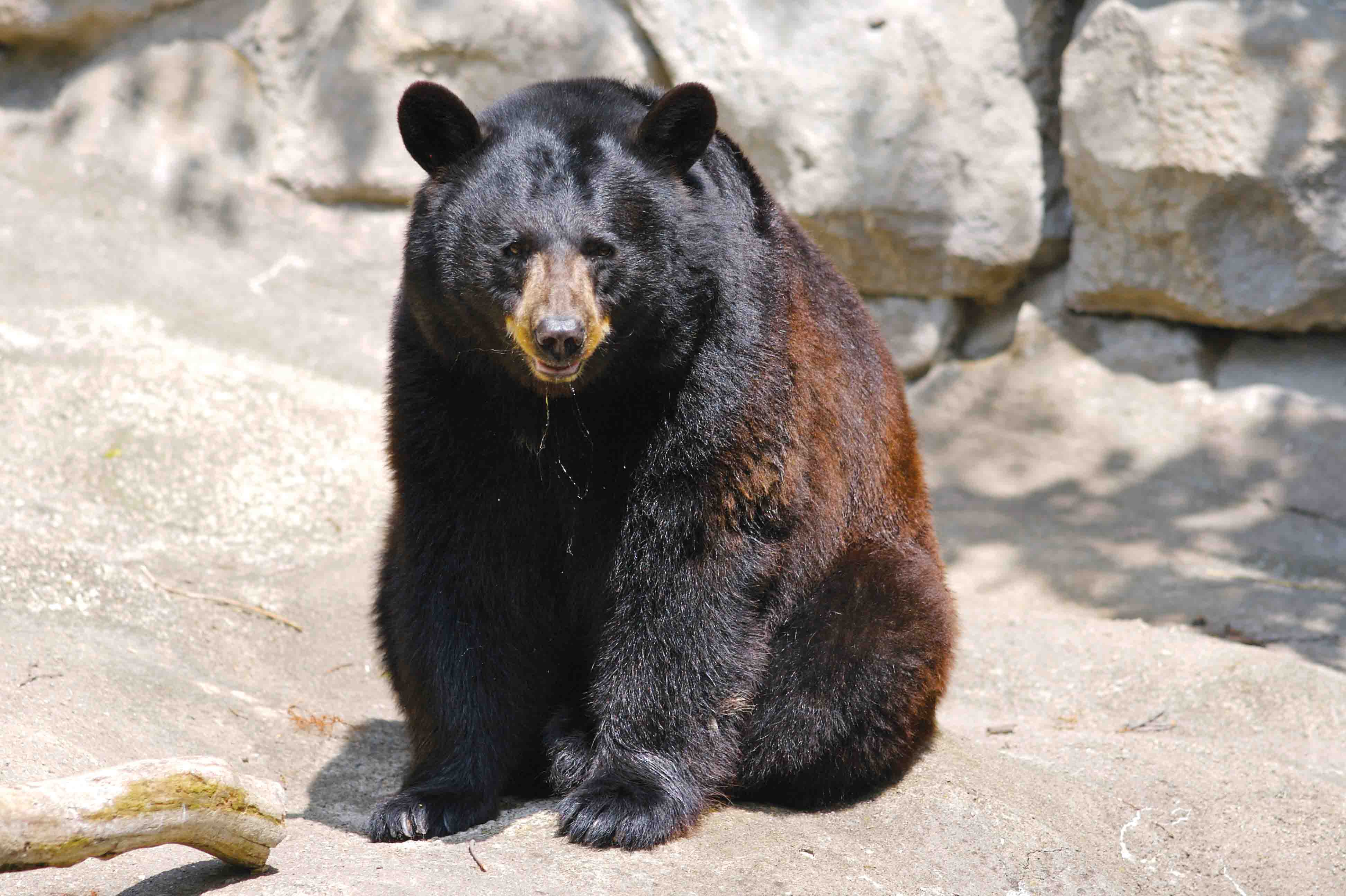
Wikimedia Commons
For the first time since 1840, bear hunting may again be legal in the state of Connecticut if a controversial bill is passed in the state House and Senate. Several other forms of hunting including waterfowl have been legal for many decades, with special regulations that specify using safety and visibility gear like a Waterfowl Hunting hat for obvious reasons as do many other states.
Sponsored by the Environment Committee Co-Chair Sen. Craig Miner, a Republican from Connecticut’s 30th district, the bill seeks to address what officials say is an exponentially growing black bear population that has reportedly caused a large increase in incidents of property damage and bear sightings over the past year. The bill was approved by the joint Environment Committee last month but is undergoing revisions and amendments before it reaches the Senate floor.
“Constituents from my district have increasingly voiced concerns about the number of bears that are causing property damage, causing damage to livestock and beehives, and the number of sightings,” said Miner, who represents a largely rural district in the northwest corner of Connecticut.
According to Miner, this is not the first time concerns have been raised about growing tensions between bears and humans. In fact, similar bills have been proposed over the past few years, including a version in 2013 that made it through the Environment Committee but ultimately failed to pass.
This year, however, Miner said the bill may have more of a chance, as it has the support of the Connecticut Department of Energy and Environmental Protection, also known as DEEP, which conducted a joint study with the University of Connecticut last year that provided evidence that the number of bears is, in fact, growing. According to the study, the bear population is concentrated in northwest Connecticut, especially in “ex-urban” areas, where bears have access both to forest terrain and to extra food sources provided by human inhabitants.
According to a summary of the study’s findings, 1,500 property damage incidents were reported to DEEP between 2008 and 2012. Additionally, nine towns reported at least 50 bear sightings in 2015 alone. The city of Avon, which is just outside Hartford, topped the list with a total of 157 bear sightings.
Deputy Commissioner for Environmental Conservation Susan Whalen, who is employed by DEEP, said that bears’ preference for human inhabited areas is known as “habituation.”
“There’s a lot of good habitat in Connecticut, in [ex-urban areas] and bears are very creative at finding food,” she said. “Because Connecticut is a relatively densely populated state, they don’t have to go too far to find a good food source.”
Whalen added that if the bill passes, DEEP will be in charge of coming up with the rules for the bear hunt, which the agency already does for the state’s deer population.
According to Whalen, this would mean allowing more bears to be hunted in areas with higher bear populations, such as Litchfield and Hartford counties, and setting conservative quotas for bear hunting that would sustain the population rather than decrease it.
Whalen also stressed that the agency will continue to manage the threat in other ways, such as pushing public education campaigns and attempting to relocate bears rather than euthanize them.
“Teaching people how to live with bears is really our first objective,” she said.
However, some environmental and animal rights advocacy groups, such as the Humane Society of the United States and the international organization Friends of Animals, whose national headquarters are located in Darien, have come out against the bill.
According to President of Friends of Animals Priscilla Feral, Connecticut’s bear population could be better controlled in other ways.
“It’s not like the bears all get together after one gets shot and say, ‘Hey, did you hear what happened? I better stay away from the birdfeeder,’” she said. “All of us should think about educating the public over educating the bears.”
The Humane Society of the United States also strongly opposes the bill. In testimony at a March 6 public hearing, a representative warned that although bears are currently experiencing a comeback in New England, the population’s growth is unstable.
The public testimony also described bear hunts in other states that ultimately decimated bear populations.
“In 2015, Florida and New Jersey allowed bear hunting. During these hunts, cubs were killed and trophy hunters killed more bears than the established quotas,” a Humane Society representative said during public testimony. “Now, both states are considering a ban on bear hunting on the heels of these hunts.”
Due to the amount of controversy surrounding the bill, Miner said there may be a long wait before bear hunting can begin.
He added that some members of the Environment Committee still have misgivings about the bill and that the Committee is working to amend the bill so more representatives can feel comfortable standing behind it.
“It is certainly one of the more controversial bills because people have such strong feelings about these animals,” he said. “I suspect that it’s not going to be a bill that people are going to rush to run. I’m certainly not in a rush to run it.”
If approved by the state House and Senate, the bill will travel to Gov. Dannel Malloy’s desk for a signature.
Correction, April 13: A previous version of this article incorrectly stated that a Connecticut Humane Society representative spoke out against S.B. 522 at a public hearing. In fact, it was a representative from the Humane Society of the United States.







